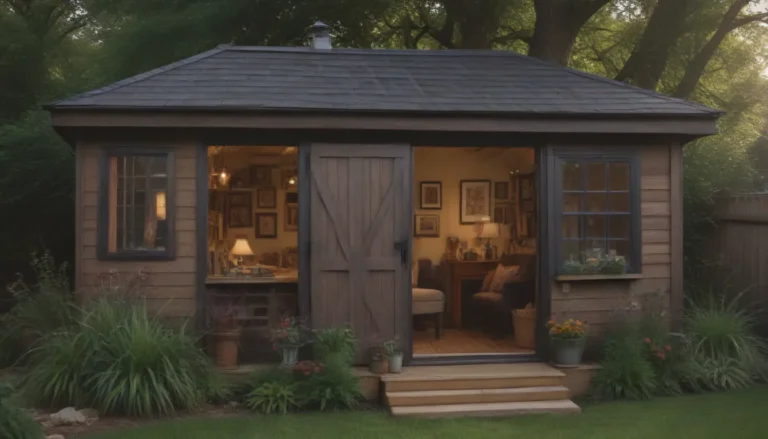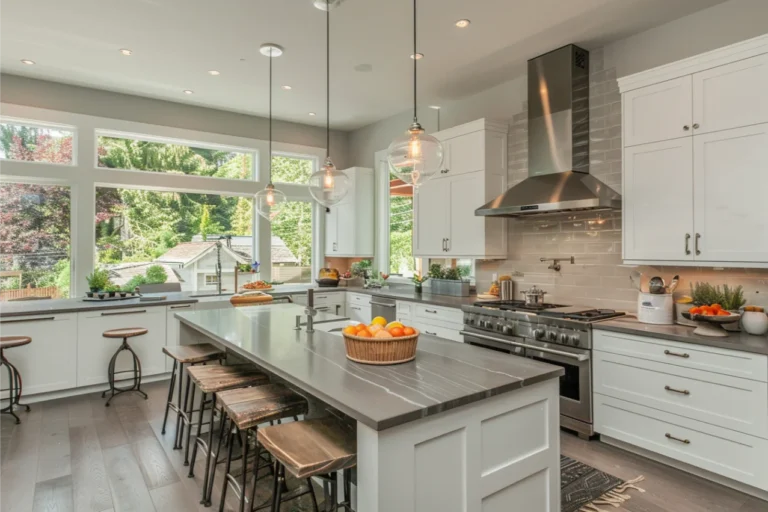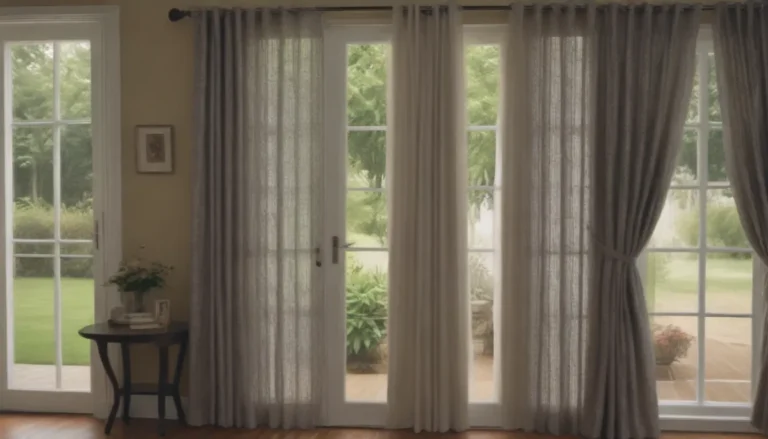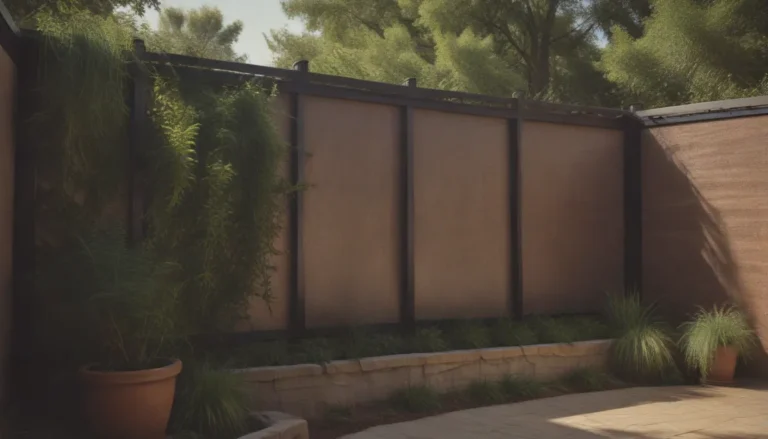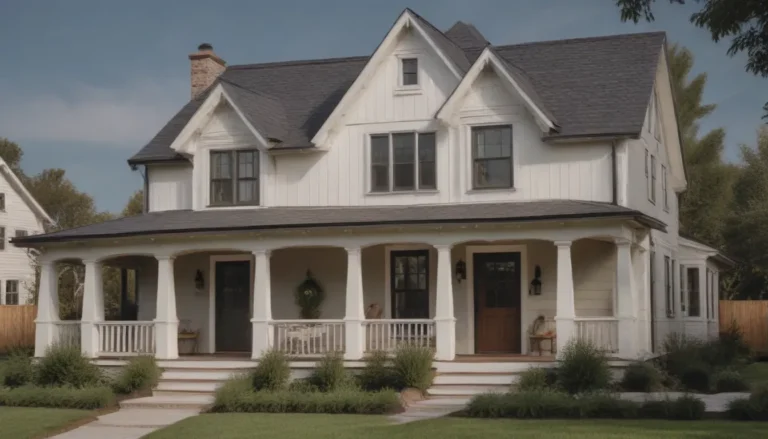Understanding the Best Wood for Building Fences
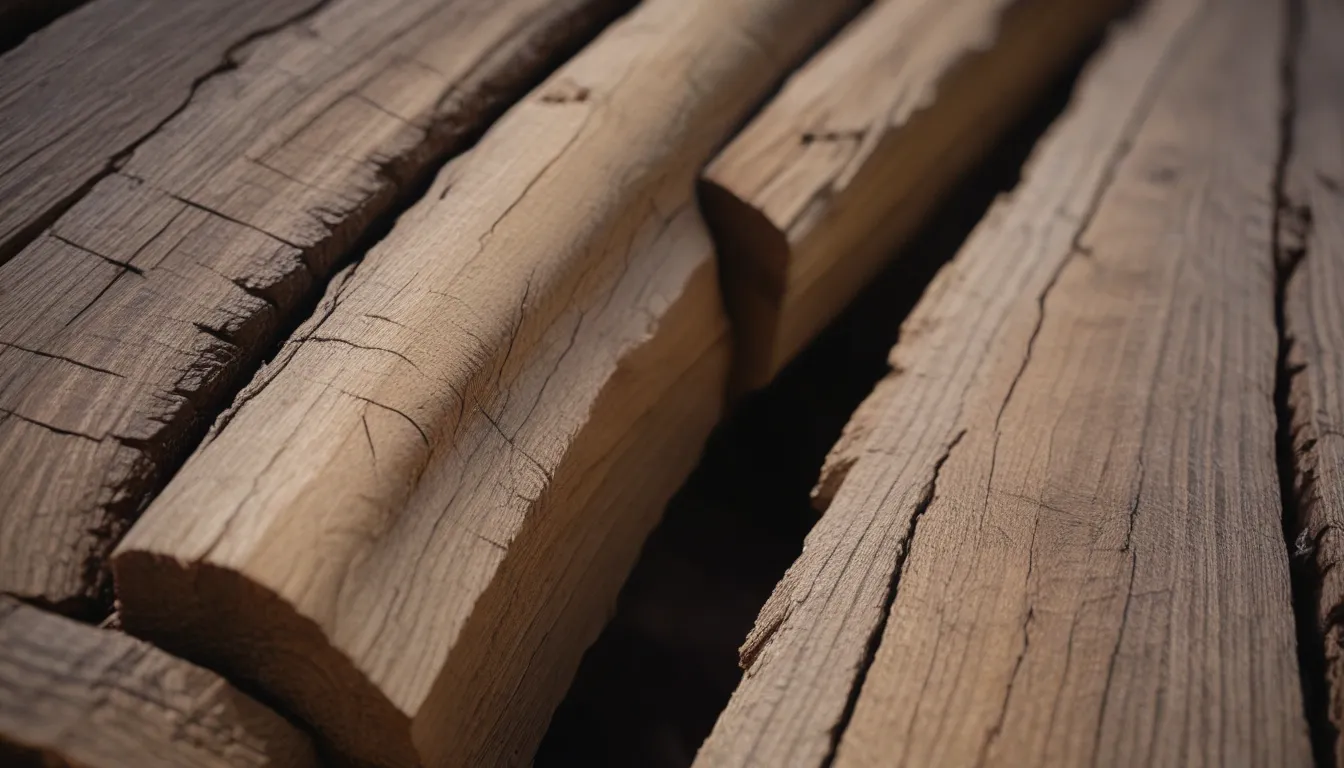
Are you considering setting up a wooden fence on your property? If so, it is crucial to carefully select the type of wood you will use for your fencing. The choice of lumber can greatly impact the appearance, longevity, and maintenance of your fence. Among the standard types of wood recommended for fence posts are pine, cedar, redwood, cypress, and spruce. However, before you make a decision, there are several factors to consider to ensure you select the most suitable wood for your specific needs.
Key Considerations Before Investing in Fencing Lumber
Climate
One of the primary factors to take into account when choosing fencing lumber is the climate of your region. The weather conditions in your area can greatly affect the durability and lifespan of the wood. Factors such as rain, snow, heat, sun exposure, and humidity levels can impact the wood’s ability to resist decay and deterioration. For instance, areas with high humidity may be more prone to mold and mildew growth on wooden surfaces. Similarly, exposure to extreme temperatures and moisture can cause cracks and warping in the wood. To protect your fence from these elements, it is essential to apply a weatherproofing sealant with UV protection to ensure its longevity and appearance.
Size of Fence
The size of your fence will also dictate the type and quantity of lumber needed for the project. Standard wooden fence posts are typically 4 x 4 lumber and at least 8 feet long, with a portion of the post buried underground for stability. Additionally, fence panels are typically 1 1/4 inches thick by 6 inches wide, with varying lengths based on the desired height of the fence. The dimensions of the rails can vary depending on the style of fence you choose, so it is important to consider these factors when purchasing lumber for your project.
Budget
When planning for a wooden fence installation, it is essential to establish a budget that aligns with your long-term goals. While cheaper wood options may be more economical upfront, they may require more frequent repairs and replacements over time. Investing in high-quality, durable wood may cost more initially but can save you money in the long run by reducing maintenance and replacement costs. Additionally, hiring a reputable fence company with a track record of quality workmanship can ensure that your investment lasts for years to come.
Types of Wooden Fences
Consider the purpose and design of your fence when selecting the type of wood. Different styles of fencing, such as privacy, ornate, semi-private, picket, or lattice, may require specific characteristics in the wood to achieve the desired aesthetic and functionality. Understanding how your fence will complement your property and meet your needs will help you choose the most suitable wood for the project.
Discovering the Most Popular Types of Wood for Fences
While there are several options available for fencing lumber, certain types of wood are commonly used due to their durability, appearance, and resistance to decay. Here are some of the popular types of wood recommended for building fences:
Pine
- Description: Pine is a cost-effective option for wooden fencing but requires pressure treatment to withstand decay and weathering.
- Characteristics: Resistant to shrinkage but prone to warping, cracking, and twisting.
- Longevity: With proper treatment, pine can last a lifetime, even in contact with wet soil.
- Maintenance: Most fencing companies offer warranties for pressure-treated pine fences, typically lasting up to 10 years or longer.
Cedar
- Description: Cedar is a premium wood choice for fencing with natural oils that repel insects and decay.
- Characteristics: Durable and low maintenance, but best suited for dry environments.
- Longevity: Can last 15 to 25 years or more, depending on quality and conditions.
- Cost: More expensive than pine but preferred for its appearance and longevity.
Redwood
- Description: Redwood is a durable wood with natural tannins that resist insects and decay.
- Characteristics: Rich reddish-brown color and less knotty than cedar.
- Longevity: Can last 25 years or more with minimal maintenance.
- Cost: Slightly higher than cedar but valued for its natural appearance.
Cypress
- Description: Cypress is a rot-resistant wood that is comparable in price to cedar.
- Characteristics: Harder than cedar with natural oils that deter insects.
- Longevity: Requires occasional treatment with insecticide to maintain insect resistance.
- Aroma: Has a pleasant scent and is less knotty than other woods.
Spruce
- Description: Spruce is a budget-friendly option for prefabricated or picket fences.
- Characteristics: Creamy white to yellow in color, darkening with age.
- Durability: Less resistant to humidity and prone to insect damage.
- Painting: Ideal for fences that will be painted to enhance durability.
Preventing Rot and Decay in Wooden Fences
Wood fencing is exposed to the elements and susceptible to rot and decay over time. To protect your fence from deterioration, it is important to select rot-resistant lumber or treat the wood with preservatives. Cedar, redwood, and cypress are naturally decay-resistant woods that require minimal maintenance to preserve their integrity. Additionally, applying a protective sealant or regularly treating the wood with insecticides can prevent infestations by destructive insects such as termites, carpenter bees, and carpenter ants.
For more information on wood preservation and maintenance, refer to the following resources:
- Basic Facts About Mold and Dampness, Centers for Disease Control and Prevention, 2020
- Preservative-Treated Wood and Alternative Products in the Forest Service, United States Department of Agriculture
- Wood Myths: Facts and Fiction, University of Massachusetts Amherst
- Biological Deterioration & Damage to Furniture & Wooden Objects, Smithsonian Museum Conservation Institute
By carefully considering the climate, size of the fence, budget, and type of wooden fence you desire, you can make an informed decision when selecting the best wood for your fencing project. With the right choice of lumber and proper maintenance, your wooden fence can enhance the beauty and security of your property for years to come.
